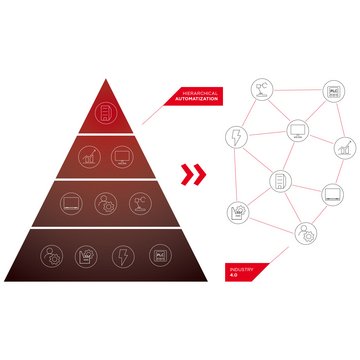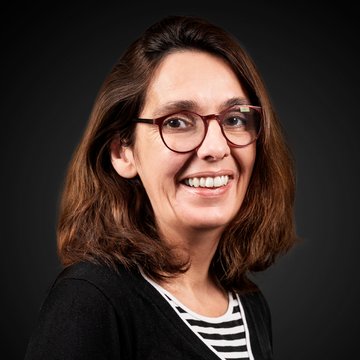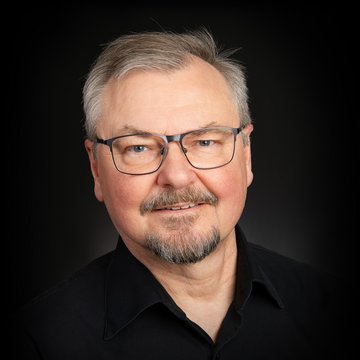Smart Sensors
Optical sensor systems are the eyes of automation technology and have so far been used for specific, clearly defined tasks: for example, as light barriers and barcode readers. A control unit evaluates the data and sends corresponding instructions to an actuator, which converts the commands, for example, into motion: The door opens when the light barrier is interrupted. Irrespective of their actual task, the sensors also provide a great deal of other information that has so far remained unused. Industry 4.0 is set to change this.
Smart Sensors
Guarantee Additional Valuable Infromation


In the past, sensors, control units, and actuators were usually directly linked to each other via point-to-point connections. Following the example of IT structures, industry today uses hierarchical networks almost everywhere.
The individual components communicate between the levels of the automation pyramid (see figure) according to the so-called “master-slave model”: sensors and actuators at the field level communicate exclusively with the higher-level controller; the machine controller exchanges its data with production planning and this in turn with the company’s ERP system.
However, this structure is not suitable for Industry 4.0 because the system transitions between the network levels - where data is usually filtered - represent a hurdle. To overcome these obstacles, costly gateways or protocol converters are usually used to slow down data flow. In addition, it is a crucial feature of Industry 4.0 that all data should be available unfiltered.
Data Cloud
Preferred data storage from sensor manufactures
Industry 4.0 overcomes the hierarchies and system limits of the automation pyramid. Data is stored in the cloud. There it can be “picked up” by any device that currently needs it. Cloud capacity is scalable and allows a large amount of data to be stored – even that of which one does not yet know if and what specific findings will be drawn from it. It is, therefore, the aim of sensor manufacturers such as Leuze electronic to record, collect, and make available data from a wide variety of sources.
The next step is to link the sources, and only at the end will new business models emerge. “Figuratively speaking, we are currently building a highway on which goods will later be transported and to which business cases can in turn be attached. At the moment, nobody knows exactly where this highway will lead us,” says Ulrich Balbach, managing director of Leuze electronic.
The Dual Channel Principle
As with a “real” highway, there should not be any traffic jams with cloud solutions. The manufacturer from the Swabian town of Owen has developed the dual-channel principle for this purpose.
In edge computing, the data is already pre-sorted in the sensor unit. The process data for solving the actual automation task is transmitted in real time via the first sensor channel. Data that the sensor additionally supplies is not skipped but run through a second channel with a lower update rate. It is stored centrally for later use.
With optical sensor systems, this additional information can be used, for example, to determine whether the optical cover needs to be cleaned, whether the light source delivers the desired output, or whether fluctuations in the results of the different sensors occur in an industrial facility. This data does not have any effect on the current production process. In terms of predictive maintenance, however, they are the decisive building blocks of a functioning Industry 4.0 environment.
The Right Product
for smart sensors
Components from LASER COMPONENTS are integrated in many Leuze electronic systems. For example, we supply the optical sensor manufacturer with cw infrared diodes for free-space data transmission, red cw diodes for barcode scanners, and pulsed laser diodes for security scanners. These systems use laser distance measurement to control access to machine danger zones.
As part of Industry 4.0, they can be flexibly adapted to the requirements of different production processes.

Click here












